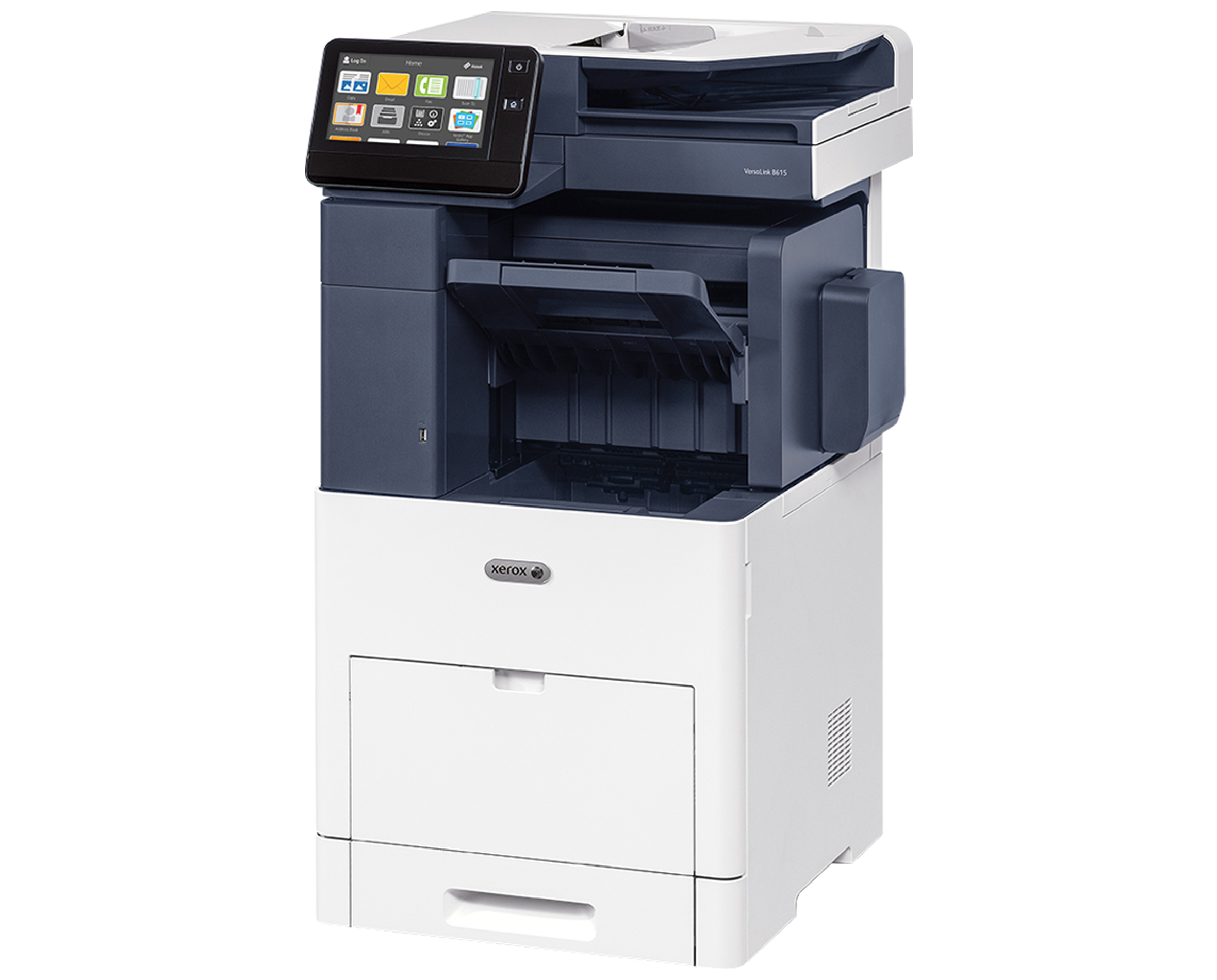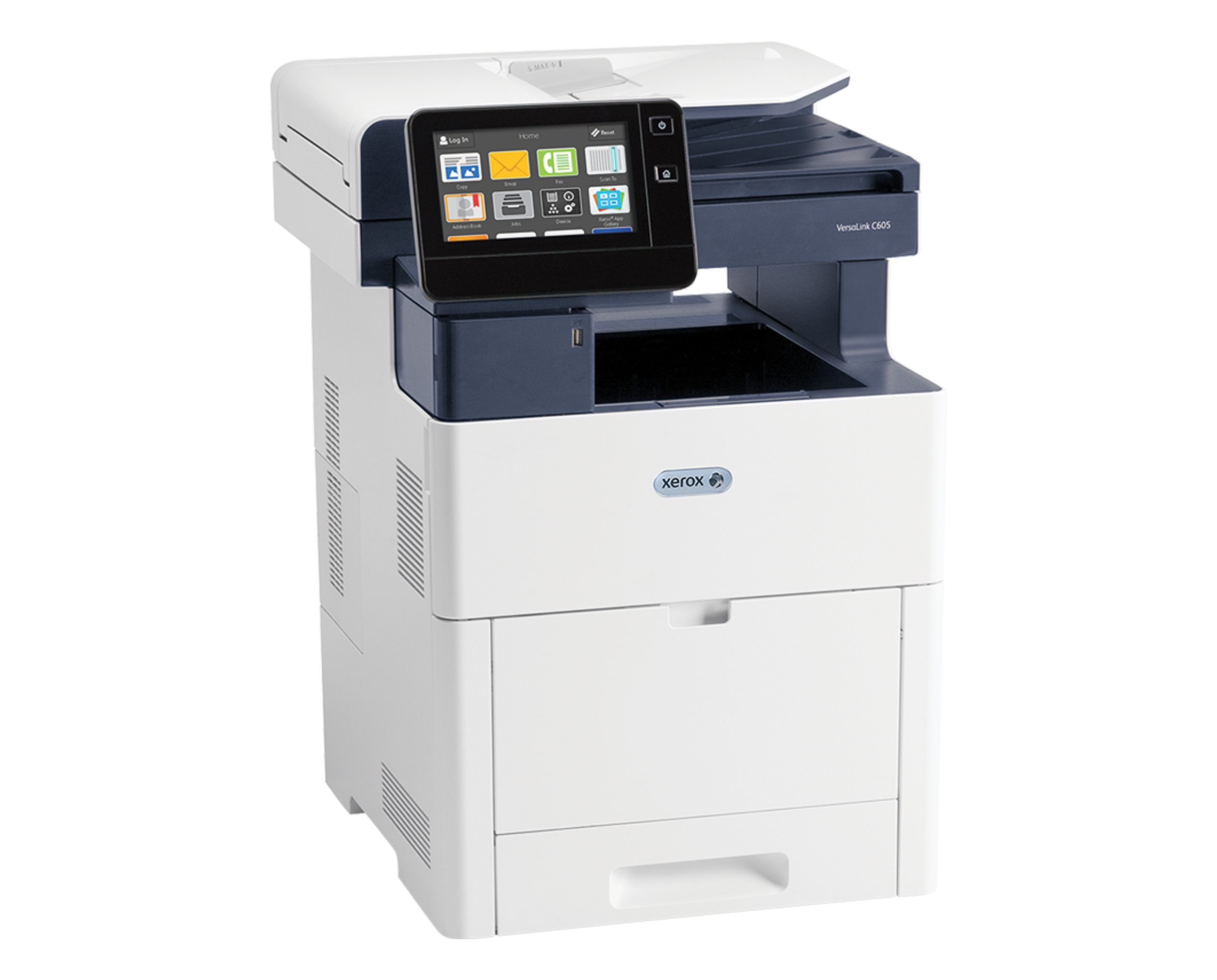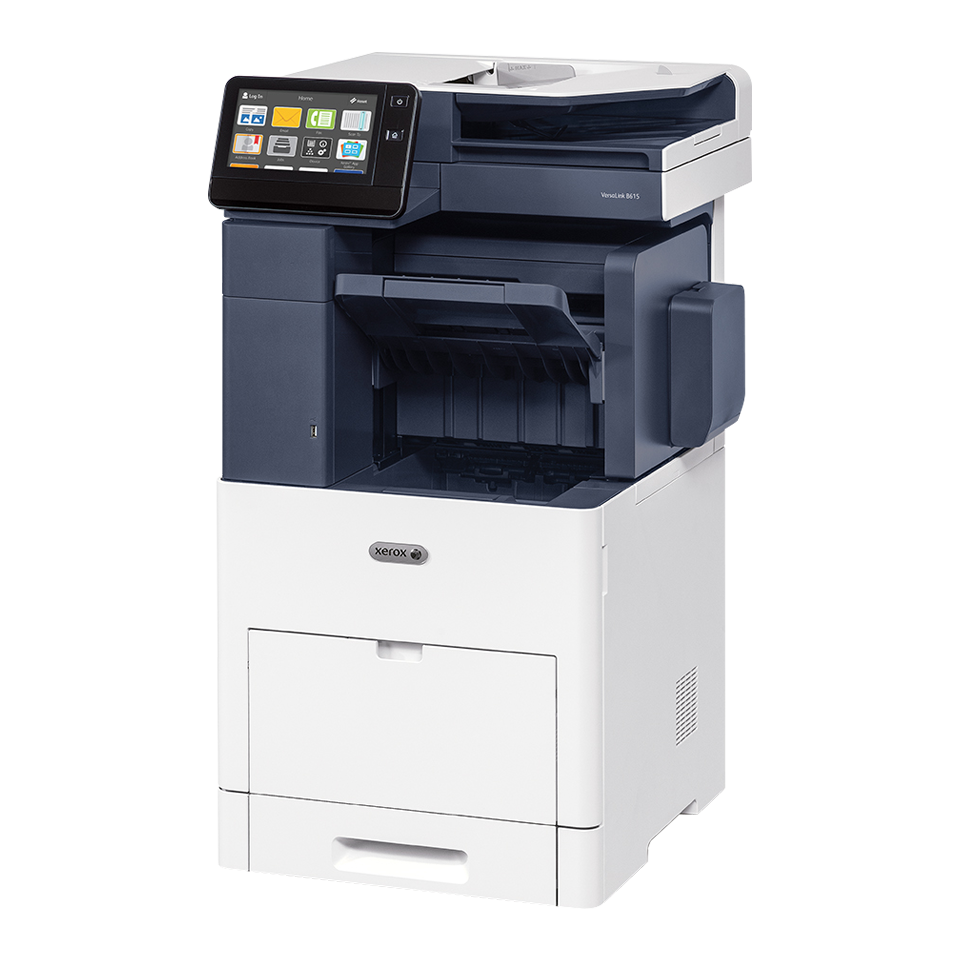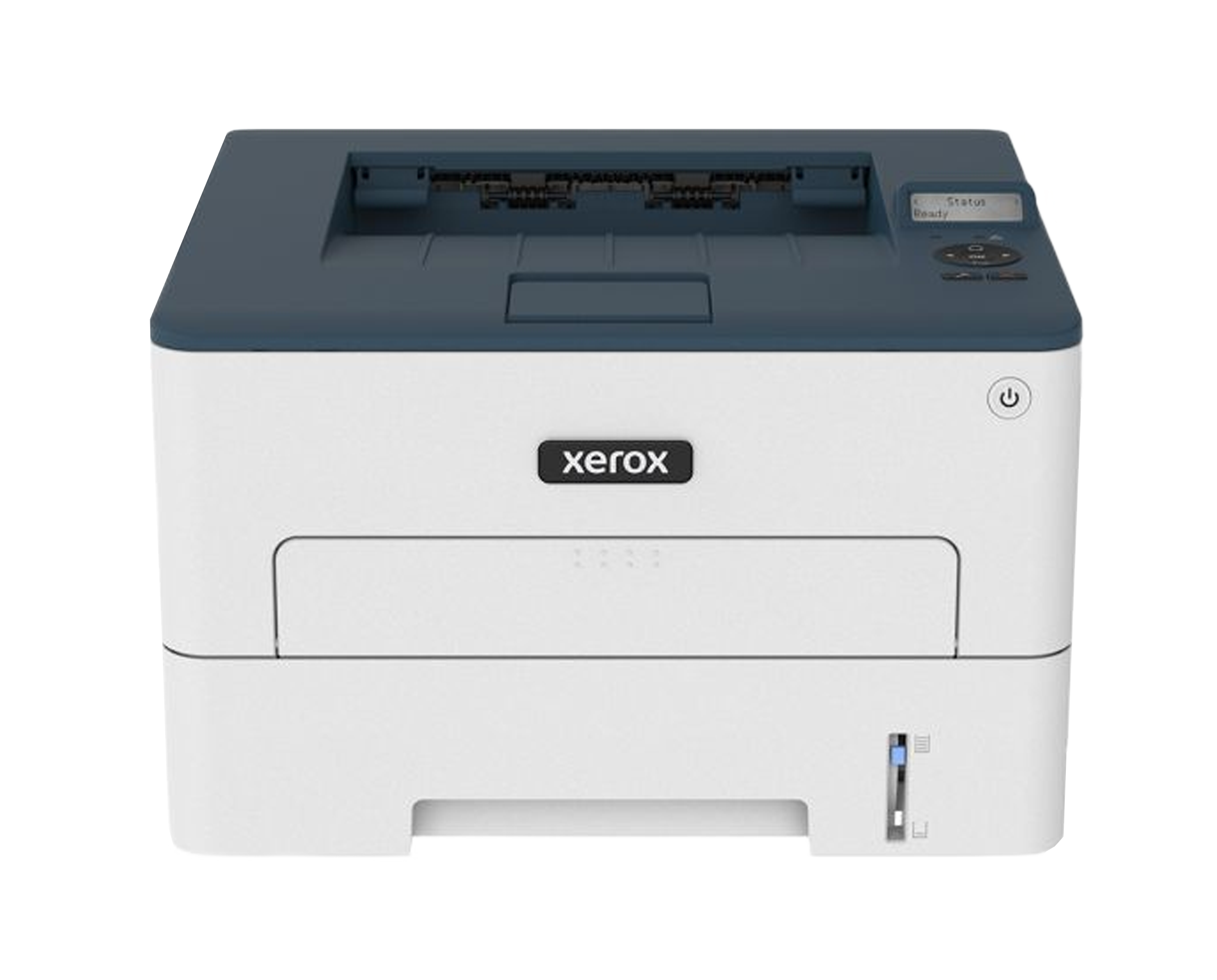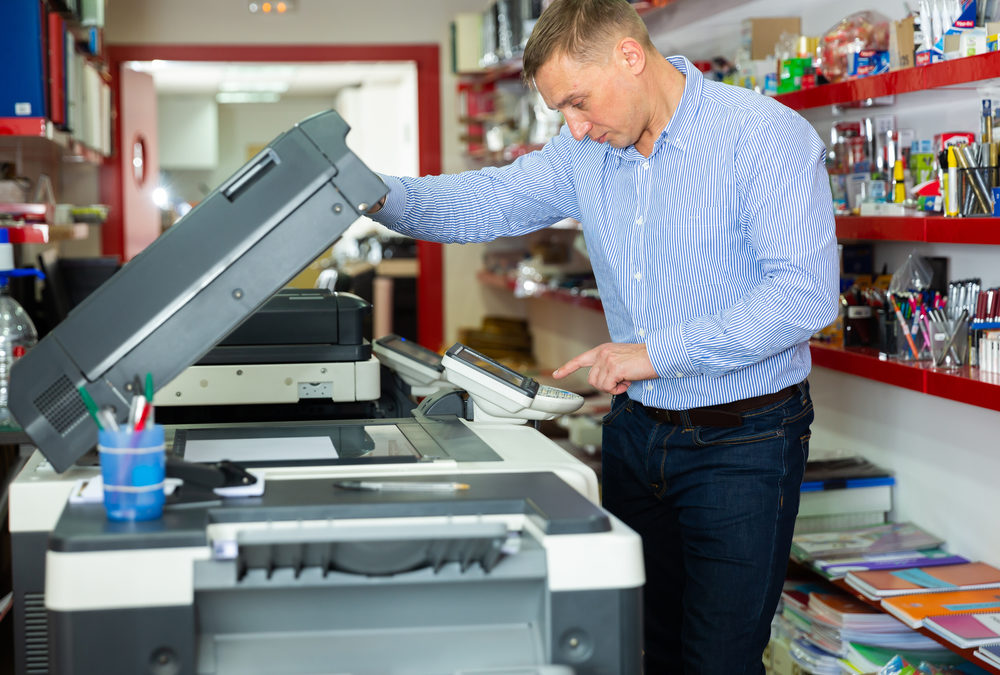Copiers are vital tools for businesses of all sizes, enabling efficient document management, replication, and distribution. However, it’s important to understand the cost considerations associated with copier equipment and hardware before making a purchase. In this blog post, we will explore the various factors that contribute to the cost of copier equipment, empowering you to make informed investment decisions and optimize your office’s printing infrastructure.
Purchase Price:
The initial cost of acquiring a copier is a significant factor to consider. Copiers vary widely in price depending on factors such as brand, model, features, and capabilities. Basic desktop copiers are generally more affordable, while high-volume, multifunctional devices with advanced features may have a higher price tag. It’s essential to assess your specific needs and budget to find the right balance between functionality and cost.
Lease Options:
Instead of purchasing copier equipment outright, many businesses opt for leasing agreements. Leasing allows you to spread the cost over a fixed term while providing flexibility for upgrading to newer models as your needs evolve. Leasing costs typically involve monthly payments, and factors such as the copier’s value, lease term, and maintenance services may influence the overall cost. Carefully review lease terms, including any potential penalties or fees, to make an informed decision.
Maintenance Contracts:
Maintenance contracts ensure that your copier remains in optimal condition and minimize downtime. They typically cover routine maintenance, repairs, and replacement of worn-out parts. Maintenance contract costs can vary depending on factors like the copier model, usage volume, and the level of support required. Evaluating the reliability and expected lifespan of a copier, as well as the availability and cost of maintenance contracts, is crucial in understanding the overall cost of ownership.
Supplies and Consumables:
Copiers require regular supplies and consumables, such as paper, ink or toner cartridges, and waste containers. These ongoing costs can vary significantly depending on the copier type, print volume, and desired print quality. Understanding the cost and availability of these consumables is essential for budgeting purposes. It’s also worth considering the availability of compatible third-party supplies, which may offer cost savings compared to original manufacturer supplies.
• Paper and Print Media: Copiers require paper as the primary medium for printing. The cost of paper can vary based on factors such as size, quality, and quantity. It’s important to estimate your paper usage accurately to budget for this ongoing expense. Additionally, if you need specialized print media such as labels, envelopes, or transparencies, consider their costs as well.
• Ink or Toner Cartridges: Inkjet printers use liquid ink cartridges, while laser printers use toner cartridges. The cost of ink or toner cartridges is a significant expense for copier operation. Depending on the copier model and usage volume, you may need to replace cartridges regularly. Consider the cost and yield (number of pages printed per cartridge) when budgeting for ink or toner expenses.
Energy Efficiency:
Energy consumption is a recurring cost associated with copiers. Modern copiers often feature energy-saving modes and technologies that help minimize power usage during idle or standby periods. When evaluating copier options, consider the energy efficiency ratings and features that can help reduce long-term operating costs.
Life Cycle and Depreciation:
Copiers, like any equipment, have a finite lifespan and depreciate over time. It’s important to factor in the expected life cycle of the copier and its depreciation rate when assessing the overall cost. Understanding the copier’s durability and the availability of spare parts or technical support for older models is essential for estimating long-term costs.
Conclusion:
When considering the cost of copier equipment and hardware, it’s crucial to take a comprehensive view of all associated expenses. Assessing the initial purchase price, lease options, maintenance contracts, supplies, energy efficiency, and the copier’s life cycle will help you make an informed decision. By evaluating these factors, you can select a copier that aligns with your budget, operational requirements, and long-term cost-saving objectives. Remember to consider the specific needs of your business, consult with reputable vendors, and carefully analyze the total cost of ownership to make the most effective investment in copier equipment and hardware.

